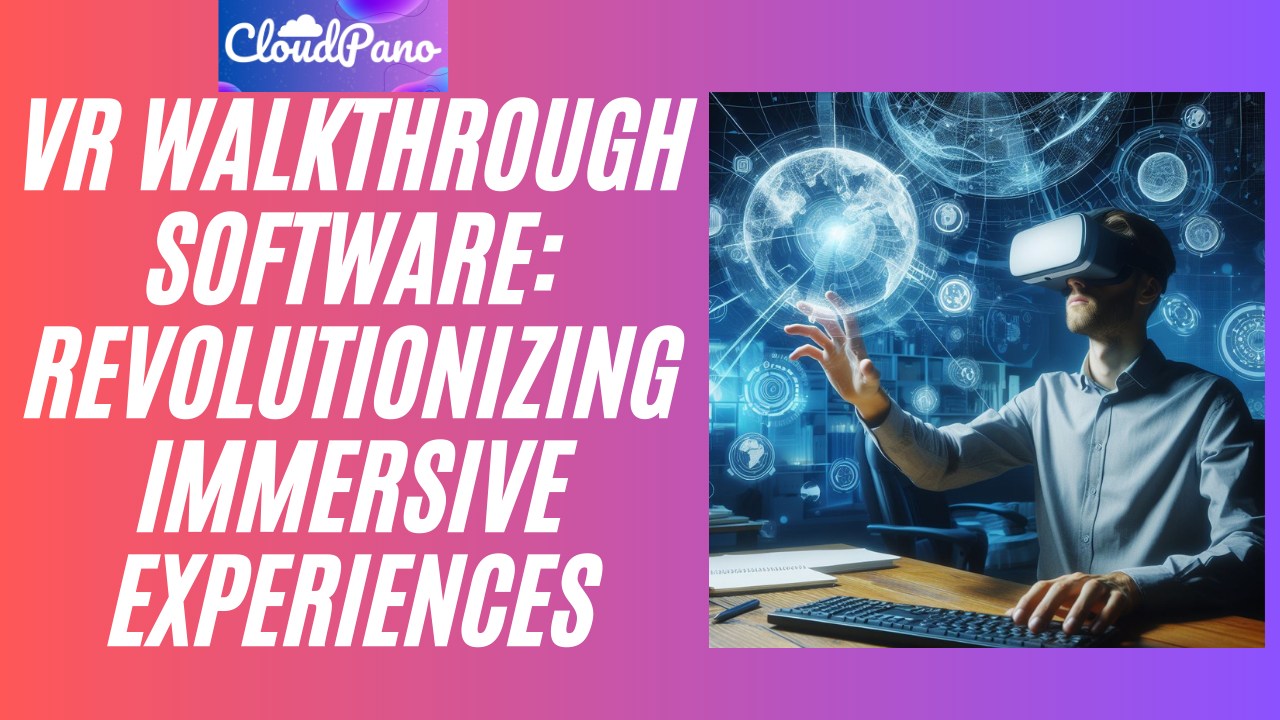Museum Virtual Tour Software: Future of Museum Experiences
Introduction of Museum Virtual Tour Software
The world has seen a dramatic transformation towards digitalisation and the uptake of technology in daily life in recent years. The way we interact with one another, consume media, and even enjoy art and culture have all been profoundly impacted by this trend. The creation of museum virtual tour software in particular has fundamentally altered how tourists interact with museums and other cultural institutions.
Visitors can explore museum collections, exhibitions, and artefacts from the convenience of their own homes thanks to museum virtual tour software. These virtual tours offer an engaging and immersive experience that simulates the feeling of actually being in a museum. They achieve this by leveraging cutting-edge interactive features and 3D imaging technology.
We will examine the advantages of museum virtual tour software for both visitors and museum curators. We will also address common questions and concerns about this technology and its impact on the future of museum experiences.
Benefits of Museum Virtual Tour Software
Software for virtual museum tours has many advantages for both visitors and museum curators. Let’s examine some of the main benefits of this technology in more detail:
- Increased Accessibility
The capacity of museum virtual tour software to improve accessibility to cultural institutions is one of its most important benefits. Regardless of their physical location or mobility restrictions, virtual tours enable visitors to explore museums from anywhere in the world. Those who are physically unable to attend museums because of health conditions or travel restrictions may find this to be of particular benefit.
- Enhanced Engagement
The immersive and interactive experience provided by museum virtual tour software can increase interest in and interaction with museum exhibitions and collections. Visitors can examine artefacts in greater depth and comprehend their historical and cultural value better by taking advantage of interactive capabilities like zoom and 360-degree views.
- Cost-Effective Solution
Software for virtual tours of museums can be an affordable solution for institutions wishing to connect and engage a larger audience. Museums can lower expenses related to real exhibitions, such as maintenance, staffing, and security, by providing virtual tours.
- Preservation of Collections
Museum virtual tour software can also play a crucial role in the preservation of museum collections and artefacts. By offering virtual tours, museums can limit the wear and tear on exhibits caused by physical visitors while still offering an engaging and informative experience.
- Improved Data Collection and Analysis
Museum virtual tour software can provide museums with valuable data about visitor behaviour and engagement. By tracking visitor interactions with exhibits and collections, museums can gain insights into visitor preferences and interests, allowing them to tailor future exhibits and collections accordingly.
FAQ about Museum Virtual Tour Software
Q: Are virtual tours as good as visiting a museum in person?
A: While virtual tours cannot replicate the feeling of physically being present in a museum, they offer an immersive and engaging experience that can provide a deeper understanding and appreciation of museum exhibits and collections.
Q: How do I access museum virtual tour software?
A: Many museums offer virtual tours on their websites or through specialized virtual tour platforms such as Google Arts & Culture or VAMONOS.
Q: Can virtual tours replace physical museum visits?
A: While virtual tours provide a practical and accessible substitute for in-person museum visits, they cannot replace the importance of directly engaging with art and culture.
Conclusion
For both tourists and museum curators, virtual tour software has a number of benefits, including better data collection, affordable solutions, and expanded accessibility. As technology advances, virtual tour software for museums is expected to become a more prevalent and significant aspect of the museum experience. Museums can reach a wider audience and engage with more people by providing visitors with a simple and immersive method to see their exhibits and collections.
The significance of really seeing art and culture in person cannot be replaced by virtual tours, it is crucial to remember this. Visits to physical museums provide a singular and worthwhile experience that can’t be accurately replicated by digital methods. Virtual tours, on the other hand, can supplement in-person trips and provide a helpful substitute for those unable to visit museums.
Museum virtual tour software offers a significant advancement in the field of museum experiences. By utilising this technology, museums may improve data collecting and analysis, while also increasing accessibility, engagement, and cost-effectiveness. They can also preserve their holdings. As a result, museum virtual tour software has the ability to fundamentally alter how we perceive art and culture and open the door for a more diverse and active future for museums.
Visit the link for more:











